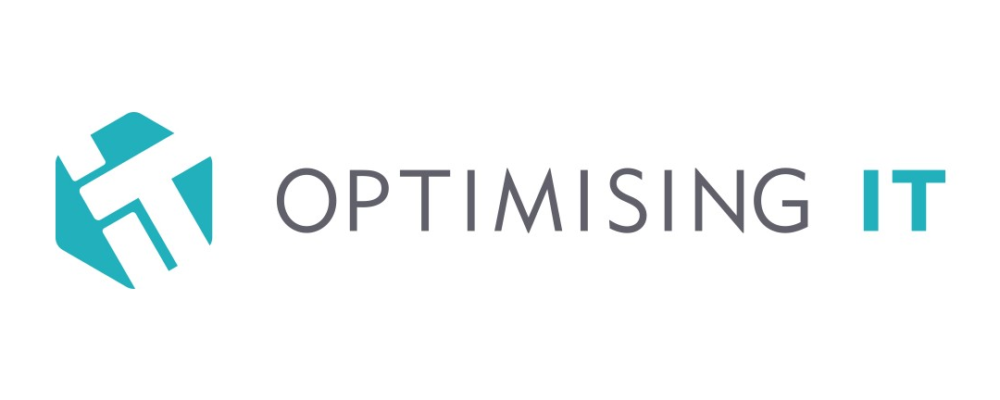
Due to the global pandemic, remote working has gone from being a rarity to the new normal. According to an employment survey by the Office for National Statistics (ONS) 37% of the UK workforce was operating remotely in 2020. This number is likely to increase as more people seek remote work and businesses begin to recognise the benefits available by offering agile and flexible working environments.
In this article, we will look at how you can benefit from this remote-working shift. We will cover how to identify who in your team can carry out remote work, which tasks can be completed remotely, how to organise it all, and how technology can help you get the best results.
Which Business Tasks Can Now Be Completed Remotely?
Thanks to cloud technology, many employees can do most, if not all, of the same tasks remotely as they would do in the office. People can collaborate on documents simultaneously, write reports, carry out book-keeping and accounting, hold meetings, conduct reviews, establish records and present data from anywhere in the world.
You can carry out most tasks remotely.
Of course, depending on your business, some tasks may need to be done on-site. For example, you may run a restaurant, and you need chefs to prepare the meals. However, if the chef has other tasks, such as creating new recipes, these could be completed remotely, and your staff can move to a mix of remote and on-site work (agile working).
It’s not as simple as saying that certain people can or can’t work remotely. Some people’s roles may consist of tasks they can complete remotely and others that can’t. Therefore, you must consider which tasks each employee can carry out online.
What you will find is that most remote work consists of clerical and administrative work. Some professionals, such as accountants and solicitors, and some tech professionals (web designers and programmers) find remote working convenient for what they do.
Identify How Many Employees Will Be Working Remotely
Some businesses opt to make remote working available for most, if not all, of their employees. This strategic direction may pay dividends in the future; after all, remote working is here to stay, and it is only going to continue its rise. Businesses that were already working remotely were the least affected by the lockdowns. Many of them will likely have benefited due to competitors not being able to adapt in time.
However, for your business, it may not be feasible to have all your staff working remotely. Therefore, you will want to consider how many employees can work flexibly or which jobs are permitted to work remotely. Depending on your business, you may end up with a long roster of employees with flexible availability or a very short list. The length of the list doesn’t matter. What’s most important is knowing who is on it, how many there are, and what tasks they’ll be doing.
Research and Implement Software and Applications Required for Successful Remote Work
The good news is that everything you need to get started in remote working is already available and has been around for several years ‒ making remote working an inexpensive option. The applications and software that will enable your team to work effectively together remotely are cloud-based, which means they can access the tools anywhere.
Because every workplace is different, you will inevitably require a unique list of applications to get the job done. Do your research into what’s available in your industry to find the support systems right for you.
Provide Employees With the Equipment Required to Access Important Software and Systems
In our age of ever-advancing tech, we are surrounded by all the technology we need to connect and collaborate. All most people need is a laptop, a smartphone, and an internet connection. You can work from home, a Starbucks, or a white-sanded beach in the Caribbean with those three things.
However, these are just the essentials that allow people to work and connect. To do their jobs, your team will need a set of specific tools and equipment:
Communication Tools
Your employees will need an email client, such as Microsoft Outlook. This will enable internal and external communication. There are other means of communication, but email is still critical, especially when sending official documentation.
Some remote companies use Slack as a quick and convenient way to message people internally. It is easy to create multiple channels and broadcast messages relevant to those particular channels. For example, you may have formal, work-focused channels, such as one for a team and another for the whole organisation. You may have an informal, water-cooler type channel, where people can mingle and relax for five minutes.
Office Tools
To get the full benefit of remote working, you want to ensure your employees can collaborate on their work. This means using cloud-based applications. The most well-known example of this is the Microsoft Office suite.
Office 365 is based in the cloud, meaning the document is not located on any single person’s computer, so that you can view the file from anywhere. One of the other benefits of cloud-based applications, like Office 365, is that they allow simultaneous collaboration. You could have three employees, one in London, New York and Beijing, simultaneously making edits and corrections together.
Of course, it makes no sense to create an online, collaborative environment just to have employees save their work onto their laptops, preventing others from accessing the document. Therefore, many companies opt to use a cloud-based storage solution, such as OneDrive, which functions like an ordinary hard drive. Still, you can access it anywhere simply by logging in. OneDrive also comes with advanced roles and permissions, providing you with control over document and folder access rights.
Optimising IT offer bespoke digital transformation plans and IT consultancy, including Microsoft 365 licensing and implementation, as well as cloud services. We can help your business find the applications and tools it needs to succeed in the remote environment.













